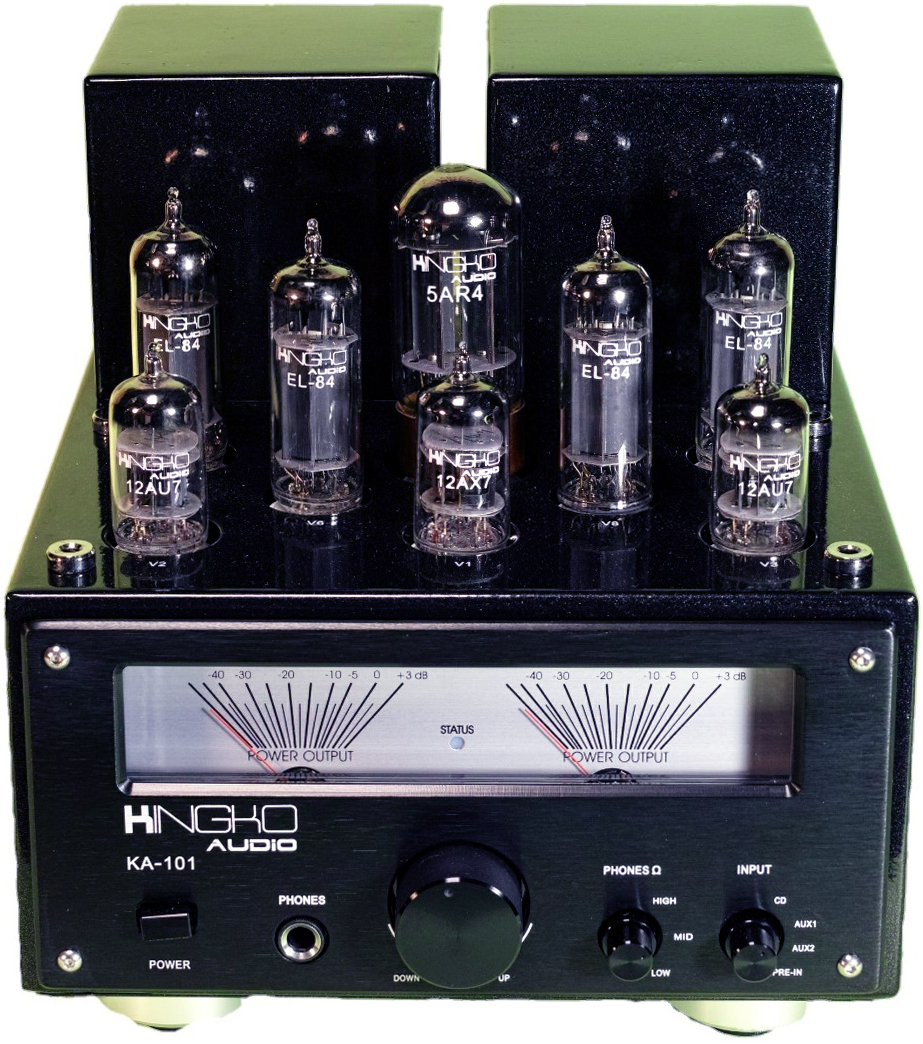Also read: Interview with founder King Ip.
“I think music in itself is healing. It’s an explosive expression of humanity. It’s something we are all touched by. No matter what culture we’re from, everyone loves music.” – Billy Joel.
The audiophile industry has seen prices rising dramatically over the last few decades and many individuals are trying to find good values wherever possible. Perhaps, as Billy Joel states, everyone loves music, but it is audiophiles who love great music packaged by great sound quality. The trouble is that the audiophile industry, and often the review press, becomes focused on promoting the upper end of the audiophile market, presenting the notion that your final system should be rather enormously expensive.
Occasionally, a product comes along that is impressive, surprising, and is also affordable. Many very expensive components are impressive, which should not be a surprise given the price, and when an audiophile spends $20,000 on a given piece of stereo equipment, they had better be impressed and amazed and even gob-smacked. These products tend to interest me less because they are supposed do these things at these prices.
So what do most of the rest of us do? What do young audiophiles do who generally have less money to spend and generally better hearing? Some of them look to the review press or forums for solid values and hope the reviewers are correct and that this week’s cheap wonder gizmo will be excellent. Unfortunately, many a time the product is a largely hollow endeavor.
Many audiophiles have discovered some ear pleasing advantages with tube amplifiers, many find a higher sense of musical satisfaction from those old fangled tube amplifiers. And like their solid-state cousins, tube amplifiers come in all sorts of shapes, sizes, and prices.
Many experienced tube lovers and reviewers find favorites in designs. They may prefer big power tubes such as the famed 211 or the 845, or they may prefer the flea power variety of the 2a3 or 45. However, some of these famed output tubes require a certain level of expense to create, which is why the big power output tubes typically run many thousands of dollars. The design requires large power transformers and physical space to safely operate. They are out of reach for audiophiles on a budget. So, what is needed is an amplifier that can retain as much of the quality as possible, in an affordable and sensible package. The desire is for an amplifier that retains the spirit of the presentation, the richness, and the beauty of our record collections, all the while allowing the audiophile to be fully engaged.
Enter the KingKo Audio KA-101.
The KA-101 is a relatively small, 12 watt-per-channel integrated amplifier from a company you’ve never heard of and retails for a price many audiophiles spend on a set of cables. Sadly, given the price, many audiophiles will dismiss it for not being expensive enough.
This amplifier is a cut above anything else I have heard at this end of the market for several reasons. Firstly, many audiophiles may have seen similar looking amplifiers from Audio Space, Line Magnetic and Antique Sound Labs and many others. You have seen these small headphone amplifiers with a little bit of power, typically 3 watts in Single Ended Triode operation, to drive some desktop speakers. Most of these amplifiers are priced from $200-$1,000 and are toys compared to the KingKo KA-101. The first surprise is that the KingKo KA-101, being a push-pull design, sounds quite substantially superior to any of these aforementioned headphone amps.
This is a surprise because SET (Single Ended Triode) amplifiers typically sound superior, provided they are competently designed. Their biggest shortcoming is that they are very low powered so they can’t drive demanding loudspeakers, which nullify their sonic advantages. SET amplifiers typically offer what fans describe as a magical, holistc presentation. An analogy to the SET sound might be that SET is equal to a fine filet minion versus solid-state design, which is the equal of ground beef. A good push-pull tube integrated would be something in between. As readers will no doubt point out, a great chef can make a great hamburger and a lousy chef can ruin a fine steak.
By going down the push-pull track, King has been able to make a solid integrated amplifier. The KingKo KA-101 is a full fledge design offering enough power to drive a credible number of speakers. While it is only 12 watts, it will be comfortable with most 90dB sensitive loudspeakers and will be able to control woofers credibly. Comparable SET units are limited only to efficient horn-like speakers with sensitivity of around 97dB+. To be clear though, no one really buys those headphone amps to be used as integrated amplifiers.
King Ip, founder of KingKo, decided to have his engineers add an extra winding on the output transformers to make a proper and serious headphone amplifier as a bonus. The latter alone justifies the price of the amplifier. The second surprise is that for the first time in 17 years, the Sennheiser HD600 opened up from its deep slumber to show its true abilities. An expansive, open, and altogether huge sound presents itself to the listener. This is a distinct departure from the generally overly polite nature so many headphone enthusiasts grumble about with this particular headphone.
The KA-101’s sound quality will inspire the user to try and possibly buy more headphones and make upgrades to their source material. Bass was tight, deep and the upper midrange and treble sparkle with a sense of space. Cymbals are no longer dulled or rounded off. Music reproduction is altogether more powerful. The very low noise floor of this amplifier is impressive because it is often stated by some headphone enthusiasts that SET has less noise than push-pull and thus are more suitable for headphones. The KA-101 is just as quiet if not more so.
The post KingKo Audio KA-101 integrated amplifier Review appeared first on Dagogo.

